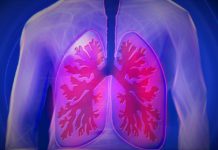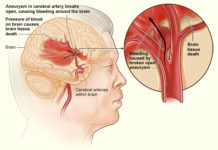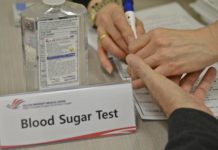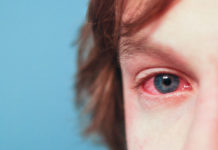
Study in The Lancet says nerve transfer surgery can help paralysis patients – that is those with tetraplegia
Nerve transfer surgery has enabled 13 young adults with complete paralysis to regain movement and function in their elbows and hands. This is according to the largest case series of this technique in people with tetraplegia (paralysis of both the upper and lower limbs), published in The Lancet.
During the surgery, Australian surgeons attached functioning nerves above the spinal injury to paralysed nerves below the injury. Two years after surgery, and following intensive physical therapy, participants were able to reach their arm out in front of them and open their hand to pick up and manipulate objects. Restoring elbow extension improved their ability to propel their wheelchair and to transfer into bed or a car.
They can now perform everyday tasks independently such as feeding themselves, brushing teeth and hair, putting on make-up, writing, handling money and credit cards, and using tools and electronic devices.
The findings suggest that nerve transfers can achieve similar functional improvements to traditional tendon transfers, with the benefit of smaller incisions and shorter immobilisation times after surgery.
Traditionally, upper limb function has been reconstructed using tendon transfer surgery, during which muscles that still work, but are designed for another function, are surgically re-sited to do the work of muscles that are paralysed. In contrast, nerve transfers allow the direct reanimation of the paralysed muscle itself
In 10 participants, nerve transfers were uniquely combined with tendon transfers allowing different styles of reconstruction to be performed in each hand, and enabling participants to benefit from the innate strengths of both tendon and nerve transfers. Nerve transfers restored more natural movement and finer motor control in one hand, and tendon transfers restored more power and heavy lifting ability in the other hand.
While only a small study, researchers say that nerve transfers are a major advance in the restoration of hand and arm function, and offer another safe, reliable surgical option for people living with tetraplegia.
Nevertheless, four nerve transfers failed in three participants and the authors conclude that more research will be needed to determine which people are the best candidates to select for nerve transfer surgery to minimise the incidence of failure.
“For people with tetraplegia, improvement in hand function is the single most important goal. We believe that nerve transfer surgery offers an exciting new option, offering individuals with paralysis the possibility of regaining arm and hand functions to perform everyday tasks, and giving them greater independence and the ability to participate more easily in family and work life”, says Dr Natasha van Zyl from Austin Health in Melbourne, Australia who led the research.
“What’s more, we have shown that nerve transfers can be successfully combined with traditional tendon transfer techniques to maximise benefits. When grasp and pinch was restored using nerve transfers in one hand and tendon transfers in the other, participants consistently reporting that they liked both hands for different reasons and would not choose to have two hands reconstructed in the same way.”
Traditionally, upper limb function has been reconstructed using tendon transfer surgery, during which muscles that still work, but are designed for another function, are surgically re-sited to do the work of muscles that are paralysed. In contrast, nerve transfers allow the direct reanimation of the paralysed muscle itself. Additionally, nerve transfers can re-animate more than one muscle at a time, have a shorter period of immobilisation after surgery (10 days in a sling vs 6-12 weeks in a brace for a nerve transfer for elbow extension), and avoid the technical problems associated with of tendon transfer surgery including tendon tensioning during surgery and mechanical failure (stretch or rupture) after surgery.













